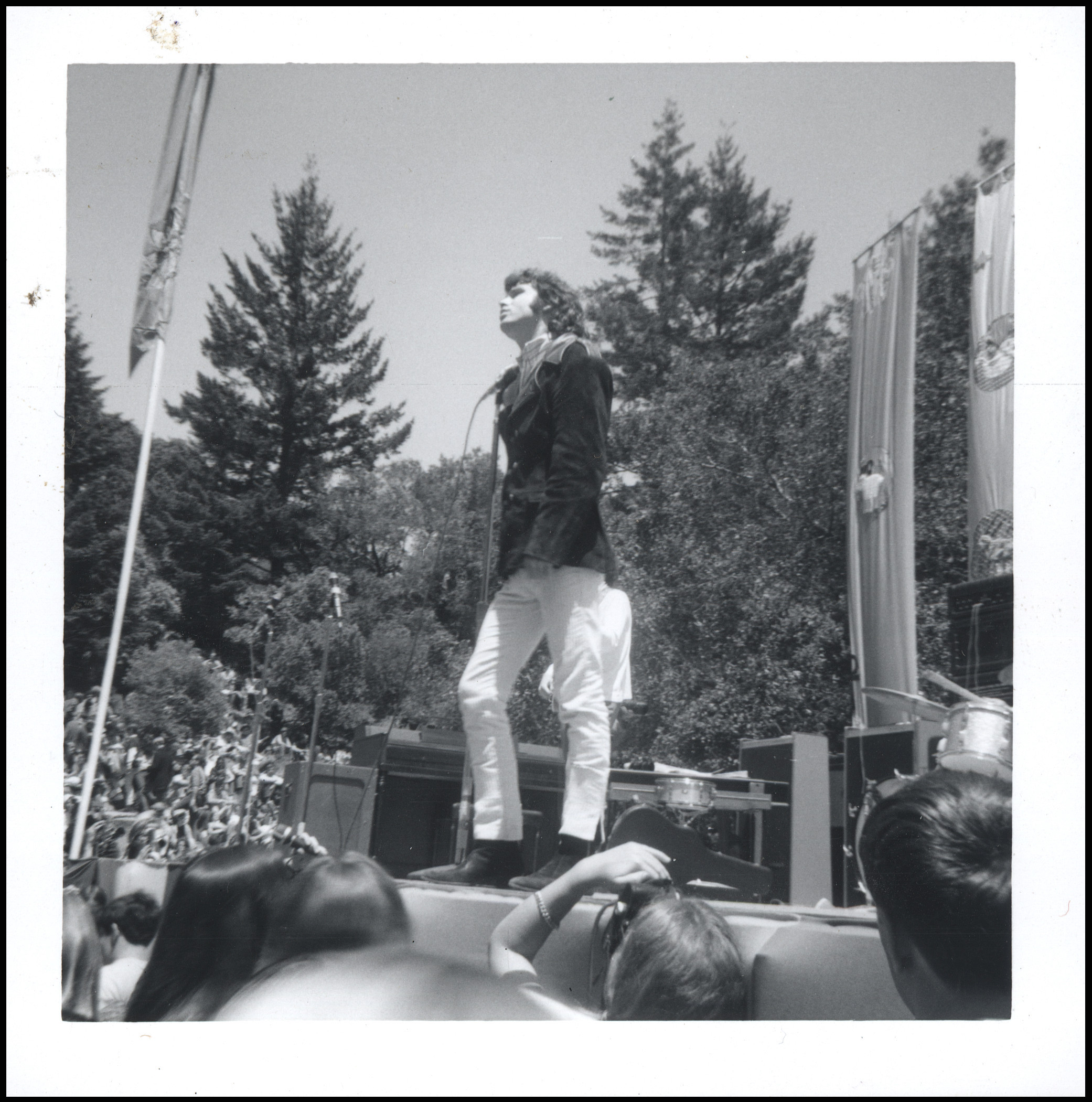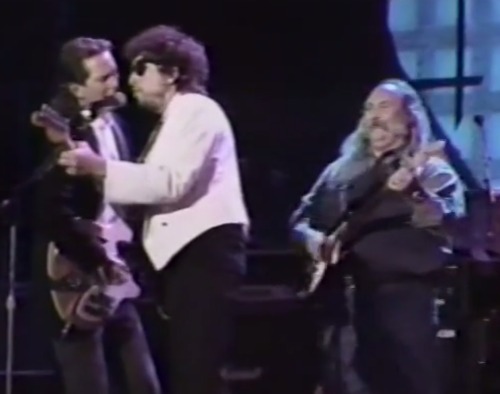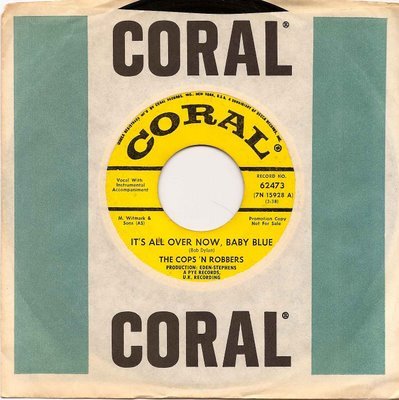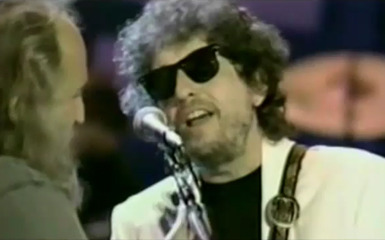
My good friend David Monterey, a singer, songwriter and musician who leads the band, the String Rays, writes the Song Dog Music blog. Recently, the two of us had a long discussion about the Sixties West Coast Music Scene, particularly what we experienced as kids in the Bay Area.
You can read Part One of our conversation here.
Below I have posted video and song clips that compliment our words. Enjoy.
The Doors, Soul Kitchen, The Matrix, 1967 – the initial footage in this video clip is from the KFRC Fantasy Fair and Magic Mountain Music Festival, June 1967
Big Brother, Down On Me, 1968
Jefferson Airplane, White Rabbit, 1967
The Byrds, Mr. Tambourine Man, 1965
Pete Seeger, If I Had A Hammer, 1956
Bob Dylan, Blowin’ in the Wind, 1963
Sly and the Family Stone, Dance to the Music, 1969
Grateful Dead, Jack Straw, 1972
Jefferson Airplane, Plastic Fantastic Lover, 1968
Grateful Dead, St. Stephen,1969
Grateful Dead, Dark Star, 1969
Grateful Dead, Black Peter, May 15, 1970
Grateful Dead, Friend of the Devil, 1970
Robert Johnson, Hellhound on my Trail, 1937
Grateful Dead, Sitting on Top of the World- 1966 Trips Festival SF
Howlin’ Wolf, Sitting on Top of the World, 1957
Jefferson Airplane, Chauffeur Blues, 1966
Memphis Minnie, Chauffeur Blues (probably written by Minnie but credited to her producer lester Melrose), 1941
The Charlatans, Alabama Bound, 1965
Leadbelly, Alabama Bound
Lynn Hughes (who sang this song with The Charlatans), Devil, 1969
Skip James, Devil Got My Woman, 1931
Quicksiler Messenger Service, Who Do You Love?, 1968
Bo Diddley, Who Do You Love?, 1956
– A Days of the Crazy-Wild blog post –





